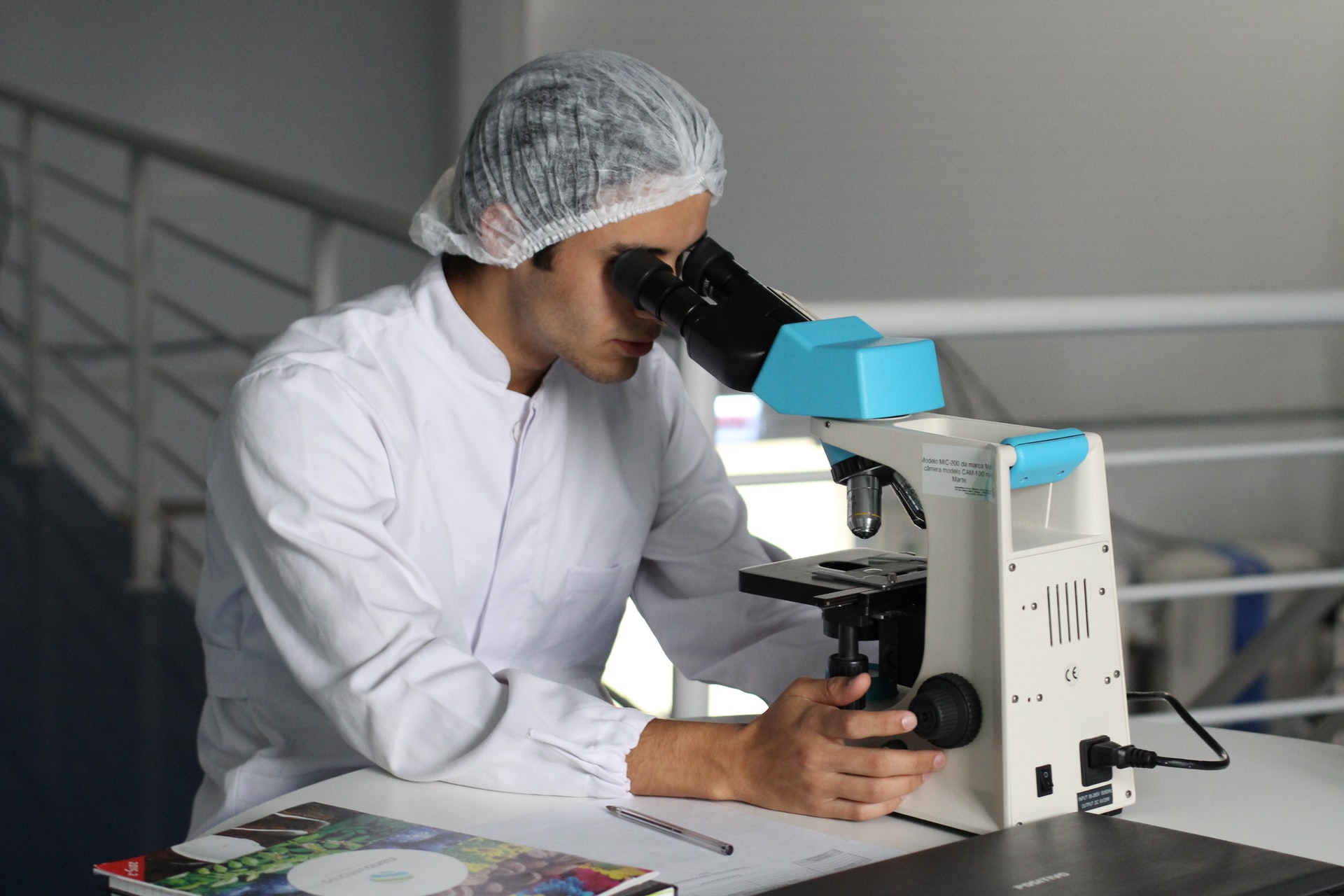The bar for medical supply logistics best practices is high. From prescription drugs to MRI machines, secure delivery is vital. Rules vary, and some are simply best practices. It is vital in every industry to ensure product safety. In light of the COVID-19 epidemic, safe healthcare distribution should be a top focus.
These items frequently impact human health. So every trip to the receiver must be assured. Regulated storage and shipping of prescription medications is required. External factors may affect their chemical balance. This can limit treatment efficacy and cause negative effects. In addition to medicine, Consider those who use hospital beds and wheelchairs.
Transporting medical supplies necessitates for A wide range of professionals are ready to help you. Whatever you do in healthcare, be ready to transport items safely.
Here are some examples of good medical supply logistics which Northwest haulage companies use.
Pharmaceuticals
Pharmaceuticals work with the body’s chemicals:
- OTC medications (medicines that consumers can order for themselves)
- Medicines (requires a pharmacist to dispense the drug, from the order of a physician)
Pharmacopackaging requirements:
A lot goes into a prescription medicine’s box They require special labels and inserts. tamper-proof container (such as using blister packs and child-resistant lids). Light, shock, and vibration can impact medications. So the material must be resistant to physical damage. The packaging should not draw attention to the contents.
Can I get aspirin or ibuprofen over the counter? Over-the-counter medications are exempt from packaging regulations. Avoid extreme temperatures and product damage by properly packaging them.
Consider requiring an adult signature upon delivery to safeguard over-the-counter drugs. Health Canada has strict medicine delivery processes that are regularly updated to reflect pandemic changes. Untrained employees must sign for and handle drugs. Temperature affects medication. They must stay inside a certain temperature range.

Surgical instruments
Instruments must be wrapped to prevent contamination. Contamination is always a concern. Dust, dirt, and even air can harm these devices. Tamper-evident plastic bags are common (known as peel packs). Protective outside packaging protects individual objects and inside packaging. External packaging should be sterile to protect the internal package. Assisting hospitals with procedures or outbound transportation requires sterile totes.
There are no explicit rules, but delivery providers should follow best practices.
Planning ahead of time can protect valuable packages. Providers can organize shipment routes and schedules to minimize external influences. Certain locations require extra care in travel. In humid situations, check for wetness. Likewise for two-temperature goods (like air-conditioned and very hot environments).
Diagnostic equipment
To diagnose, monitor, or treat a medical condition. Massive, complex equipment like MRI scanners and x-ray devices.
Expertise is required to properly package diagnostic equipment for transportation. Considering machine complexity and time. Keep it simple to unpack and assemble. Delivery businesses can help you pack. The list is endless.
A lot of medical supplies are immediately delivered. Direct deliveries speed up shipments. Specialized delivery drivers do more than drive. He or she can unpack. Trained employees can power and test devices before usage.
Medical and mobility supplies
These items are useful for assisting with mobility or recovery. A hospital bed, a wheelchair, or a scooter are all options. However, because they are large, they require special attention. Because of the high demand for hospital beds, there are currently a limited number of available beds.
In many cases, mobility products outlast fragile or complex products in terms of durability. Packaging, on the other hand, is an important consideration in medical supply logistics best practices. Because of their size, weight, and adaptability, these items necessitate a sturdy packing solution. Interior padding helps to keep supplies safe and secure. Pallets are frequently used for storage and transportation purposes.
With the exception of avoiding the need to drive, there are no specific shipping restrictions for mobility products. These delivery companies can also perform a variety of other services in addition to delivery. Heavy items are frequently placed with the assistance of another person. A two-man team can be provided by the delivery service provider. A person’s weight is supported by a variety of mobility aids. As a result, prior to use, proper assembly is essential. They are capable of safely unwrapping, testing, and discarding packaging materials.
One more medical logistics tip
Medical products have the potential to be profitable. The theft of goods in transit is more common in this industry. Unfortunately, more medications end up on the black market than were intended. Migrants flee the country in order to avoid being slaughtered. The majority of reported pharmaceutical thefts occur during the transportation process. Other types of medical equipment are being threatened by rising prices. A delivery service that adheres to strict anti-theft regulations. Look for examples of excellent healthcare logistics practices.
Following these rules and guidelines can help to ensure the safety of your medical equipment and supplies. It’s not difficult to be meticulous when it comes to your planning. You can save both time and money by working with reputable service providers. In order for you to deliver medical supplies with caution.




